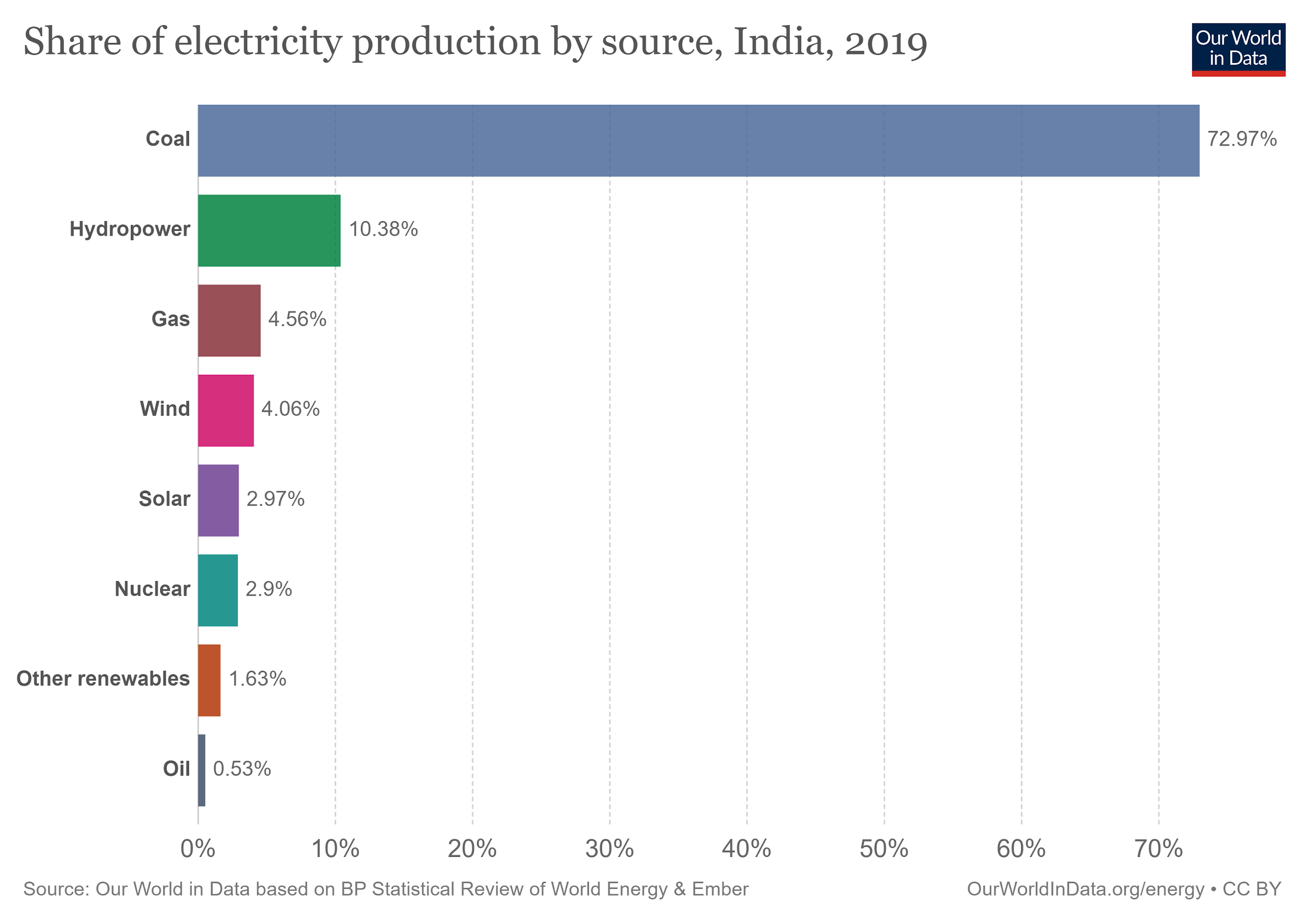State of Electricity Mix for EV Charging
Lisa Wang
Lisa Wang is an Analyst at Hygge Energy. She is currently a student at Harvard University in Environmental Science and Engineering with a joint concentration in Environmental Science and Public Policy. She is extremely passionate about clean energy and sustainability, in addition to energy access and equity. She is excited about the potential of decentralized and distributed energy resources and believes Hygge Energy is making strides toward building clean energy communities.
Electric vehicle adoption comes with a demand for electricity. How clean is the electricity fueling these vehicles? What proportion of EVs are really zero emissions?
Compared to ICEVs, EVs have an edge by producing next to zero emissions. Over their life cycles, EVs are significantly less polluting than petrol and diesel-powered cars as they do not produce tailpipe emissions. However, the carbon footprint of EVs can be attributed primarily to the manufacturing process and sourcing of energy.
Electricity Production Energy Mix:
A growth in EVs necessitates a growth in electricity production. In 2019, the share of electricity production by source was led by coal and gas, making up 59.7% of total electricity production. While there has been significant growth in the share of low-carbon energy in electricity production, carbon-based sources still make up almost two thirds of the supply. “Of the 36.7% from low-carbon sources, renewables accounted for 26.3% and nuclear energy for 10.4%.”
In the US, approximately 80 percent of the forecast growth in electricity demand is expected to be met with natural gas. If half of the vehicles on American roads were EVs, daily natural-gas demand in the US would be expected to increase by more than 20 percent. Thus, while demand for diesel and gasoline would decrease with EV adoption, if electricity is not decarbonized, fossil fuel demand will continue to grow through natural gas and coal.
In India, 78.05% of electricity production was sourced from fossil fuels. Coal accounted for a staggering 72.97% of electricity production.
Unfortunately, “coal will continue to be a significant part of the national energy mix and will remain the primary fuel of choice for industry [. . .] the charging infrastructure required to usher in the EV growth will ultimately depend on highly polluting coal-fired thermal power plants.” If coal continues to be a significant source of energy and electricity production, battery electric vehicles alone cannot address air pollution and carbon footprint challenges.
Opportunity:
Upstream Carbon Emissions
The emissions reduction potential of EVs can still be significant. For instance, in New Zealand, 84% of energy for electricity generation came from renewable sources in 2018. With these high renewable electricity levels for EV charging, upstream emissions in New Zealand are estimated at about 25g of CO₂ per km on average while electric car upstream emissions (for a battery electric vehicle) in Australia can be estimated to be about 170g of CO₂ per km, where the share of renewables in electricity generation was about 21% in 2018. Thus, using an electric car in New Zealand is likely to be about seven times better than in Australia, in terms of upstream carbon emissions.
“Using an electric car in New Zealand is likely to be about seven times better than in Australia, in terms of upstream carbon emissions.”
In order to effectively decarbonize through the adoption of electric vehicles, the electric grid must source from a cleaner energy mix.




